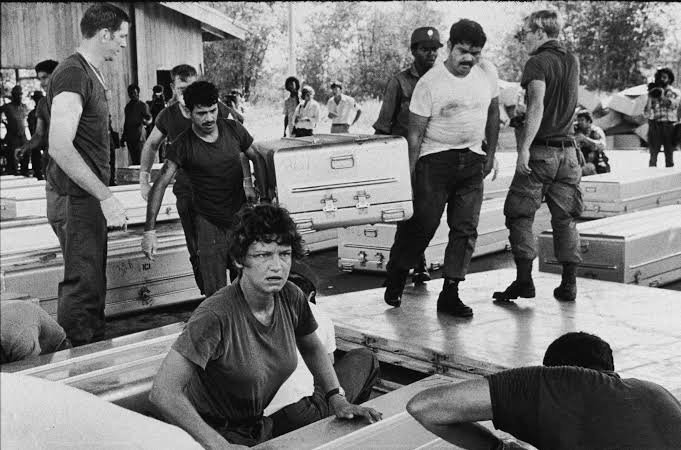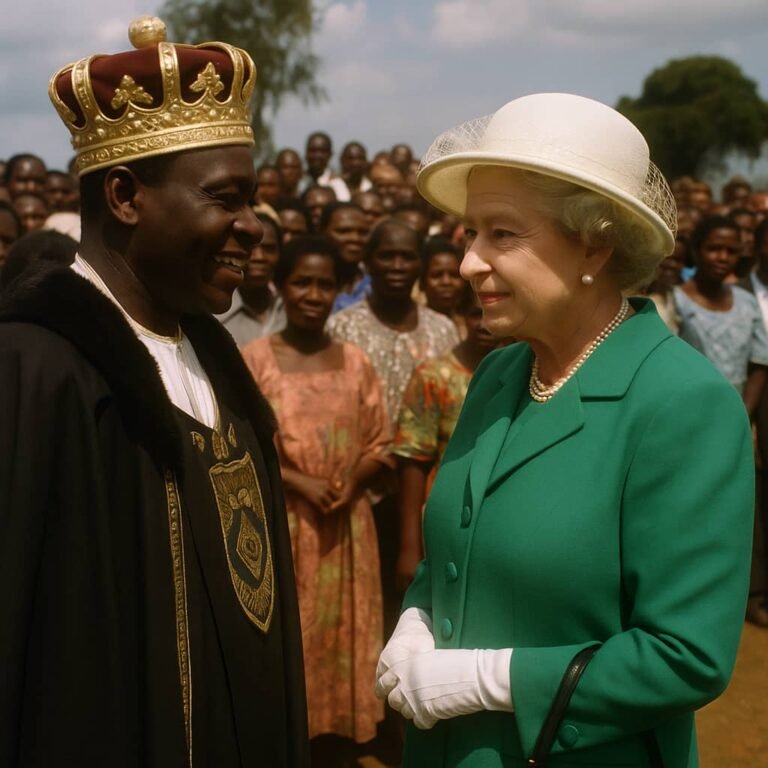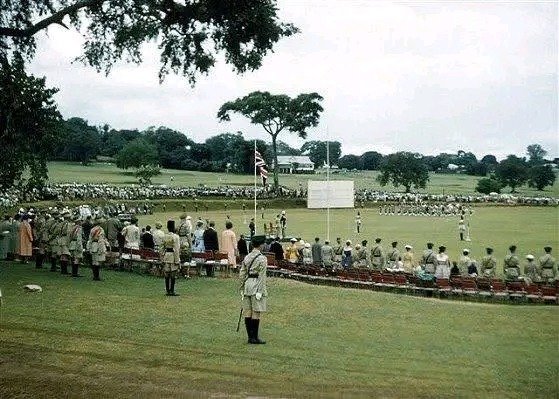
The pursuit of a perfect world is a powerful dream. But history shows us that when this dream is channeled through a single, charismatic leader who demands absolute loyalty, it can curdle into our darkest nightmares. Few events illustrate this tragic paradox more starkly than the Jonestown Massacre of November 18, 1978—the largest single loss of American civilian life in a non-natural disaster until September 11, 2001.
The Promise of a Paradise
The story begins with Jim Jones, a charismatic and manipulative leader who founded the Peoples Temple in the United States. He preached a powerful message of racial equality, social justice, and an end to poverty. At a time of significant social strife, his vision of a utopian community attracted thousands of followers who believed in his promise of a better life.
Facing growing scrutiny from the media and authorities in the U.S., Jones moved his congregation to a remote jungle in the South American nation of Guyana. There, they established a settlement famously dubbed “Jonestown.” What started as a promised paradise, a self-sufficient haven from the racism and inequality of the outside world, slowly and deliberately transformed into a prison. Isolated from their families and the world, followers found themselves subjected to exhausting labor, constant propaganda, and brutal psychological control.
The Descent into Madness and Murder
The fragile facade of utopia shattered when U.S. Congressman Leo Ryan arrived. He led a delegation including journalists and concerned relatives to investigate allegations of abuse within the camp. His presence confirmed Jones’s deepest paranoia. As Rep. Ryan’s group prepared to leave with a handful of defectors, they were ambushed by Jones’s loyalists at the local airstrip. Congressman Ryan and four others were murdered in cold blood.
This act of violence was the point of no return. Jim Jones knew the full force of the international community would descend upon him. There would be no escape, no more manipulations. In his final, devastating act of control, he gathered his followers for what he framed as “revolutionary suicide.”
The Final Atrocity
On that fateful day, a vat of flavored punch was laced with cyanide and a sedative. Jones presented it as an act of defiant solidarity, a way to avoid capture and preserve their community. While some followers drank the poison willingly, many others were forced—threatened by armed guards. Most heartbreaking of all were the over 270 children, who were injected with or made to drink the deadly concoction by the very adults entrusted with their care. In a matter of moments, 918 people were dead.
The Enduring Warning
The Jonestown Massacre is more than a historical statistic; it is a permanent and harrowing lesson. Jim Jones did not begin as an obvious monster; he began with ideas that many would consider good: equality, justice, and community. Yet, he weaponized these ideals to isolate, control, and ultimately destroy those who trusted him.
The tragedy screams a warning that echoes through the decades: do not follow anyone blindly. No politician, no religious leader, no charismatic visionary can ever be placed above critical thought and personal conscience. Even the most beautiful ideas can become cages if they are used to demand absolute obedience and silence dissent.
Remembering Jonestown is a somber duty. It is a vital lesson in guarding against the seduction of easy answers and the danger of surrendering our autonomy to anyone who promises salvation. The true path to a better world is built not on blind faith in a leader, but on our shared humanity, critical thinking, and unwavering respect for individual freedom.










